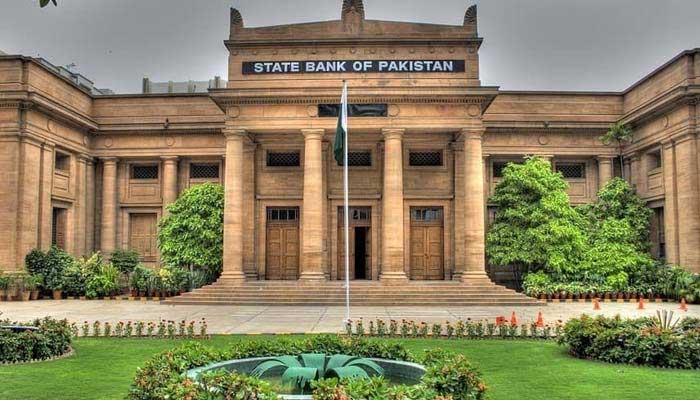The Monetary Policy Committee (MPC) of the State Bank of Pakistan (SBP) is set to announce its key interest rate decision shortly. Many analysts are anticipating a substantial cut of 200 basis points (bps). This move follows recent reductions aimed at stimulating economic growth amid slowing inflation and declining oil prices.
Background of Recent Rate Cuts
In its previous meeting on September 12, the MPC made a decisive 200bps cut, bringing the policy rate down to 17.5%. This marked the most significant reduction since April 2020, driven by slowing inflation and a dip in global oil prices. However, economic activity in Pakistan has continued to slow due to strict reforms linked to an International Monetary Fund (IMF) bailout, raising concerns among policymakers and market participants.
Miftah Ismail Slams Provincial Govts’ Interest in PIA
Market Expectations for a Fourth Successive Cut
Most analysts expect the SBP to maintain its easing stance, likely delivering a fourth consecutive rate cut. Brokerage firm Arif Habib Limited (AHL) anticipates a 200bps cut, based on a survey where 61.1% of respondents forecast this reduction. Another 25% predicted an even deeper 250bps cut, while the remaining 13.9% expected a more conservative 150bps reduction.
AKD Securities echoed this view, stating, “We expect the SBP to cut the policy rate by 200bps due to higher real interest rates in a disinflationary environment and subdued economic activity.” Topline Securities also projected a 200bps cut, linking this expectation to a recent single-digit inflation reading of 6.9% in September 2024. They expect inflation to remain within 6.5% to 7.0% in October.
Key Developments Since the Last MPC Meeting
Since the last MPC meeting, Pakistan’s economy has seen minor improvements in some areas. The rupee has appreciated slightly, by 0.03%, and petrol prices have dropped by nearly 11%. Additionally, Pakistan’s current account recorded a surplus of $119 million in September 2024, a significant improvement from the $218 million deficit seen in September of the previous year. This marks the second consecutive month of surplus and the highest in magnitude since March 2024.
Despite these positive indicators, inflation edged up to 7.2% in October, up slightly from 6.9% in September, according to data from the Pakistan Bureau of Statistics (PBS). Meanwhile, international oil prices have risen slightly but remain above $70 per barrel due to soft demand.
Foreign Reserves and Economic Position
Pakistan’s foreign exchange reserves have also shown improvement. The SBP’s reserves rose by $116 million, reaching $11.16 billion as of October 25. Total liquid reserves in the country stand at $16.05 billion, with $4.89 billion held by commercial banks. These reserves provide a critical buffer amid global economic uncertainties.
Previous MPC Observations
In its last meeting, the MPC noted sharp declines in both headline and core inflation over the previous two months, crediting delayed increases in energy prices and favorable global oil and food trends. This accelerated disinflation, the MPC observed, had exceeded expectations.
Anticipation Builds Ahead of SBP’s Decision
The anticipated rate cut reflects the SBP’s ongoing response to economic conditions that include slow growth and strict fiscal reforms. By easing monetary policy, the SBP aims to stimulate economic activity and provide relief to businesses affected by high borrowing costs. As the MPC prepares to announce its decision, market watchers await an official response that could impact Pakistan’s economic trajectory in the months ahead.
